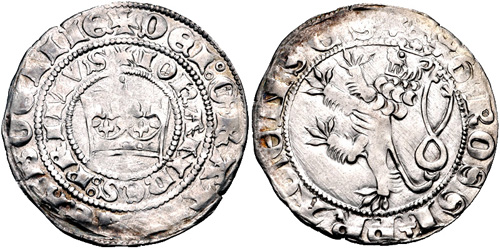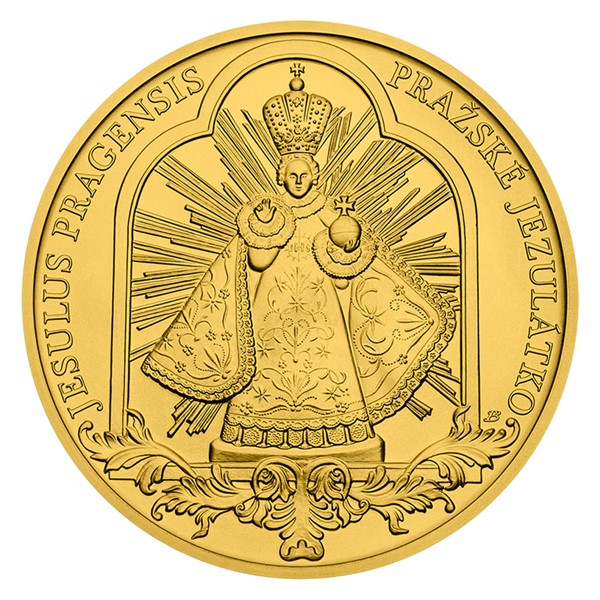New Advice To Antique Finish Czechoslovakia Medals
Wiki Article
How Can High-Precision Cnc Machines Carve Designs Into A Master Hub, Or Die For Striking Gold Coins Or Medals?
When producing master hubs (or dies) for gold coin or medals CNC machines with a precise measurements are vital. This article will provide an outline of CNC Programming.
Computer-Aided Design (CAD) software produces an electronic 3-D model of your coin or medal.
The CAM software (Computer Aided Manufacturing), creates the toolpaths and directions to the CNC machine from the 3D designs.
Selecting Die Material
CNC machining is done using master hubs or dies constructed of sturdy and high quality materials like brass, steel or alloys that are hardened. They are able to withstand the high-pressure striking process, and guarantee precise replication of the model.
Setup and Fixtures
The material of choice is fixed onto the CNC machine's worktable or vice for precise machine. It is essential to fix it correctly in order to avoid vibrations while the process of machining.
CNC Machining Process
CNC machines employ equipment like endmills and ballmills to create designs on the die or master.
The CNC machine takes material off blocks of material that are blank according to the 3D specifications.
Different sizes of cutting tools and types are used to create different dimensions, contours, and depths on the medal or coin.
CNC machine movement is controlled by computer algorithms, which guarantee precision down to micrometer levels.
Refinement & Finishing
Once the initial machining is completed The die hub or master die gets honed further.
The surface finish needs to be smoothed, polished, and then crafted by hand or with specialized tools.
Quality Control Inspection
The die, also known as the master hub, is examined by using instruments such as micrometers. gauges and optical measuring devices.
Hardening and treatment (optional).
Some dies may undergo surface or heat treatments to increase their durability.
CNC machines offer the accuracy and precision needed to reproduce intricate designs on master hubs or dies. They are crucial for striking gold medals or coins with accuracy, consistency and precise details. Have a look at the recommended CNC Machining Czechoslovakia gold coins website info including $20 gold piece, gold buffalo, sell gold and silver near me, 1 0z gold, gold coin 24k price, 2000 p sacagawea dollar, apmex gold, gold coin 24k price, cost of 1 oz of gold, gold bars price and more.

How Does A Janvier Transfer The Gold Design Of A Coin Or Medal From The Master Hub To A Working Hub?
The Janvier machine (also known as pantographs or reducers) is a special device that allows the transfer of a coin design or medal from the master hub to the operating hub. Here is a quick overview of the Master Hub Creation.
The master hub is the original coin, medal or coin mold. It's usually produced through CNC machine or other precise methods to ensure precision.
Janvier Machine Installation
The Janvier machine includes stylus that copies the design from the master hub to the working hub.
The Janvier machine is fitted with a master hub that acts as a template to guide the transfer of the design.
The process of tracing a design
The Janvier machine uses stylus that follows the contours and detail of the design. The stylus on the Janvier machine records the profile as it moves across the surface.
Reduced Design-
The Janvier machine's cutting tool replicates the traced design to the hub in use. The hub is constructed from a less hard metal than the master, usually nickel or steel.
The cutting tool is used to reduce or reproduces the design on the hub that is working at the smaller or smaller size when compared to the master hub. This is essential for the process of minting because it allows the making of coins or medals at the size you want.
Accuracy and precision
Janvier is a precise machine that assures a perfect transfer of designs from the master hub to the working hub. It faithfully recreates the smallest contours and details.
Quality Control
Inspections and quality checks are conducted to confirm that the design is in line with the specifications and precision required for the striking process.
More Processing
The Janvier machine's working hub is used to create coins or medals. The die or mold is used to produce numerous coin blanks or medal blanks based on the design that was transferred.
Janvier is an essential component in the process of minting, because it can precisely replicate and reduce complex designs on medals and coins. These working hubs will then be used to create mass production of coins and other medals striking the process. See the top janvier processing Czechoslovakia gold coins more info. including gold coin store near me, 1936 olympics jesse owens, 5 cent piece, buy gold silver, american gold eagle 1 oz, five dollar gold piece, 1 ounce gold bullion, gold and silver buyers near me, coins and gold, $50 gold piece and more.

In What Ways Can Gold Coins And Medals Undergo Coating Processes To Safeguard The Metal?
Gold coins and medals may undergo coating processes for various reasons, including protection, improvement of appearance or to create certain aesthetic effects. These are some of the coating methods that are employed.
Clear Protective (Varies). A clear protective coating, such as lacquer is used to shield surfaces from the effects of oxidation. The coating will preserve the original look of the medal or coin and also protects the underlying metal.
Enhancement in appearance
Gold plating and Gilding: Gold medals or coins may be plated using a thin gold layer. This adds a luxurious appearance to the piece or medal.
Aesthetic effects
Patina or antique finishes are produced using chemical treatments or specialized coats. This process artificially ages the surface, giving it an oxidized or aged appearance that adds character and depth to the appearance of the.
Colorization or Coloring - Some metals or coins are colored in particular areas using enamels, coatings or special coatings. These colors can be used to highlight specific features or to make a contrast.
Anti-Tarnish Coatings-
Anti-Tarnish Solutions and Coatings - To coins or medals with intricate design or areas that are prone to tarnishing anti-tarnish coatings or solutions can be applied. The coatings prevent the surface of the metal from discoloring or oxidizing over time.
Specialized Coatings to Guarantee the security or authenticity of your card.
UV-Reactive Coatings or Luminescent Coatings Certain coins and medals might have special coatings which respond with UV sunlight. This exposes hidden or encrypted elements to provide security or authentication reasons.
Selective Coatings to Block Contrast
Selective Coating Removal - In some cases coatings are removed selectively from certain areas of the coin or medal to make a contrast between polished and coated surfaces, emphasizing design elements.
Each process has a specific purpose, for instance, to improve the appearance or appearance of metal, enhance protection, increase security, or produce certain aesthetic results. These coatings have a significant impact on the appearance and durability of gold-plated coins and medals and increase their value. Read the top coating Prague Mint gold medals blog advice. including gold american eagle price, 1 ounce of silver, 2000 gold dollar, 2000 p sacagawea dollar, 24k gold coins prices, buy silver & gold, buy gold pieces, silver bars for sale near me, today's 1 oz gold coin price, 1975 gold penny and more.

How Are Gold Blanks Fed Into Coin Presses Under Extreme Pressure? And Then Stamped?
During minting gold medals and coins are created by pressing them under pressure. This is a brief overview of the steps involved in loading blanks
The gold blanks are put into the feeder system, which is connected to coin presses. This feeder system guarantees an ongoing flow of blanks.
Feeding Blanks into the Press
The system of feeding is designed to guide the blanks in one-by-one into the striking chamber. This guarantees the exact positioning of each blank prior to the stamping.
Alignment and Positioning
The blanks inside the press chamber are positioned, aligned and perfectly oriented to allow for stamping.
Striking Under Pressure
The coin press uses two dies: one stationary and the other that moves. The stationary die leaves a negative impression on the design of the coin, while the one that moves is the hammer, which hits the blank.
The moving die strikes the blank with significant force, and transfers the design onto the blank's surface. Die pressure causes relief and detail that is raised on the coin.
Striking repeatedly is optional.
Multi-strikes can be used to create higher-quality medals or coins, such as proofs or collectors' editions. This will result in a sharper and more defined appearance. Each strike increases the finer details on the outside of the coin.
Collection and Ejection
After being struck and minted, the medals or coins that are created are taken from the press. They then collect in containers and trays. They are inspected for quality control to ensure that stamped designs meet the requirements of all standards and specifications.
Post-Processing-
The style of the medal or coin might require additional processing such as edge lettering (either edge reeding) or post-strike treatments.
Stamping with high pressure etch the desired designs onto the gold-plated blanks, and transforms into finished coins or medals that are ready for use in collections, circulation or even commemoration. The process is extremely precise as any alteration in pressure or alignment will alter the quality of the final product. Take a look at the best minting Prague Mint gold coins blog examples. including 1972 gold dollar, gold and silver shops near me, 50 dollar gold coin, gold bullion bar price, gold silver coins, 1933 double eagle, purchasing gold bars, silver double eagle coin, american gold eagle, gold silver shops near me and more.
